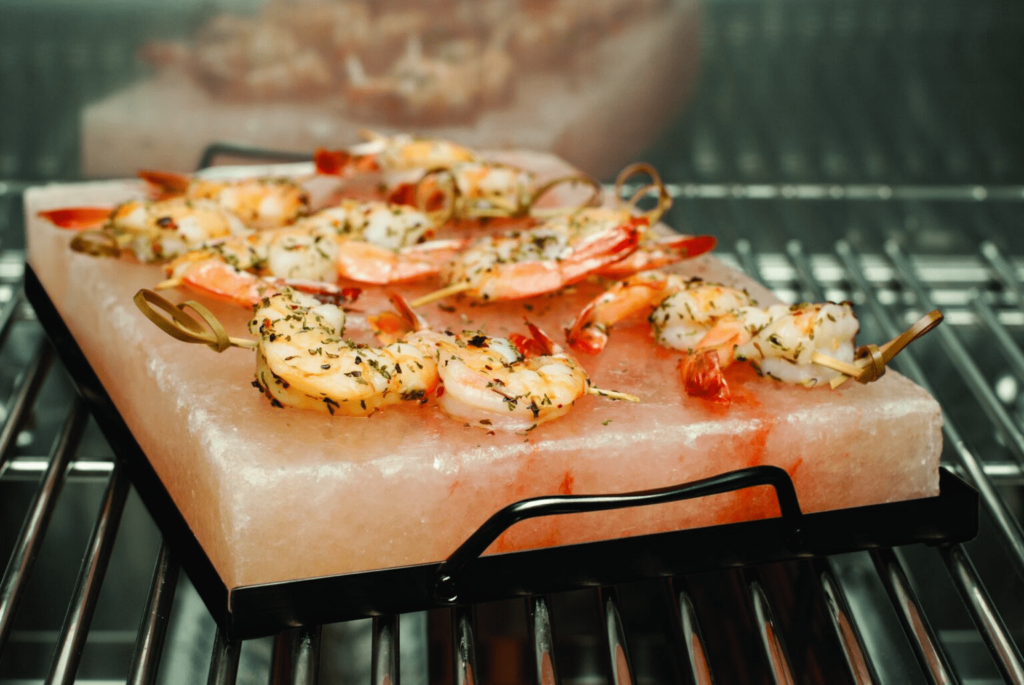Introduction: When it comes to choosing the perfect salt for your culinary endeavors and wellness routines, Himalayan Pink Salt and Sea Salt are two popular options that often come into the spotlight. While both salts have their own unique qualities and flavor profiles, understanding their differences and benefits can help you make an informed choice. Let’s dive deeper into the comparison between Himalayan Pink Salt and Sea Salt.
1.Origin and Formation:Himalayan Pink Salt: Originating from the ancient salt mines in the Himalayan region, this salt is believed to be millions of years old. It is hand-mined from deep within the mountains and is known for its distinctive pink hue due to the presence of trace minerals.
Sea Salt: As the name suggests, sea salt is obtained from the evaporation of seawater. It is collected from various coastal regions worldwide, including the Mediterranean, Atlantic, and Dead Sea. The production method involves the evaporation of seawater under natural sunlight or through mechanical means.
2.Mineral Content:Himalayan Pink Salt: Renowned for its rich mineral composition, Himalayan Pink Salt contains essential minerals like calcium, magnesium, potassium, and iron. These minerals are responsible for its unique flavor and potential health benefits. However, the actual mineral content can vary depending on the specific source and quality.
Sea Salt: Sea salt also contains a variety of minerals, including magnesium, calcium, and potassium. The mineral content in sea salt can vary based on the specific location where it is harvested. Some sea salts may contain additional trace elements depending on the region.
3.Flavor Profile:Himalayan Pink Salt: With its delicate flavor, Himalayan Pink Salt adds a subtle and nuanced taste to dishes. It is often described as milder and less harsh compared to other salts. The mineral content contributes to its complex flavor profile, enhancing the overall taste of food.
Sea Salt: Sea salt has a more pronounced and briny flavor compared to Himalayan Pink Salt. Its flavor can range from mild to intense, depending on the source. The unique taste of sea salt is influenced by the minerals and trace elements present, as well as the specific sea from which it is derived.
4.Culinary Uses:Himalayan Pink Salt: This salt is versatile and can be used in various culinary applications. It works well as a finishing salt, adding a final touch of flavor and visual appeal to dishes. Himalayan Pink Salt is also used in baking, marinades, and seasoning, offering a subtle hint of saltiness.
Sea Salt: With its diverse textures and flavors, sea salt is commonly used in cooking, baking, and seasoning. It can be found in coarse or fine grain forms, making it suitable for different cooking techniques. Sea salt is often preferred for its ability to enhance the natural flavors of ingredients.

5.Health Benefits:Himalayan Pink Salt: Due to its mineral content, Himalayan Pink Salt is believed to provide some potential health benefits. The minerals it contains play vital roles in maintaining hydration, electrolyte balance, and nerve function. However, it’s important to note that these benefits may be minimal compared to obtaining minerals from a well-rounded diet.
Sea Salt: Similar to Himalayan Pink Salt, sea salt contains essential minerals that can contribute to overall health. These minerals support various bodily functions, including proper muscle function and nerve transmission. However, as with any salt, moderation is key to prevent excessive sodium intake.
Conclusion:
Both Himalayan Pink Salt and Sea Salt offer unique characteristics and can enhance the flavor of your dishes. The choice between the two ultimately comes down to personal preference, culinary requirements, and the desired flavor profile. Whichever salt you choose, remember to consume salt in moderation and focus on a balanced and nutritious



